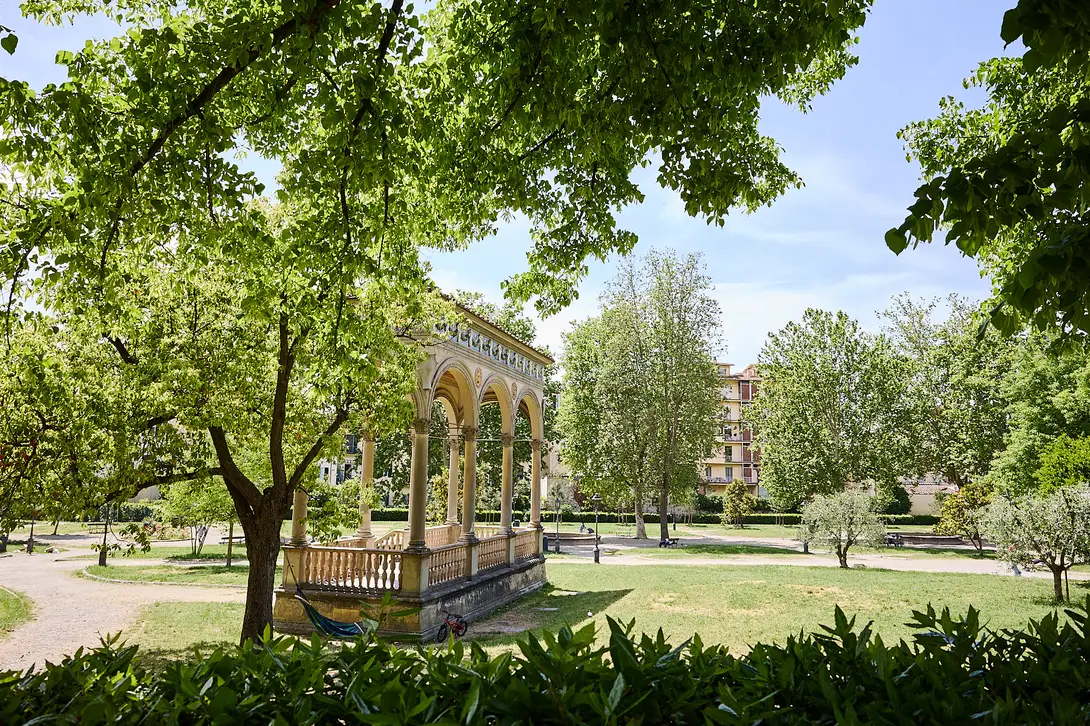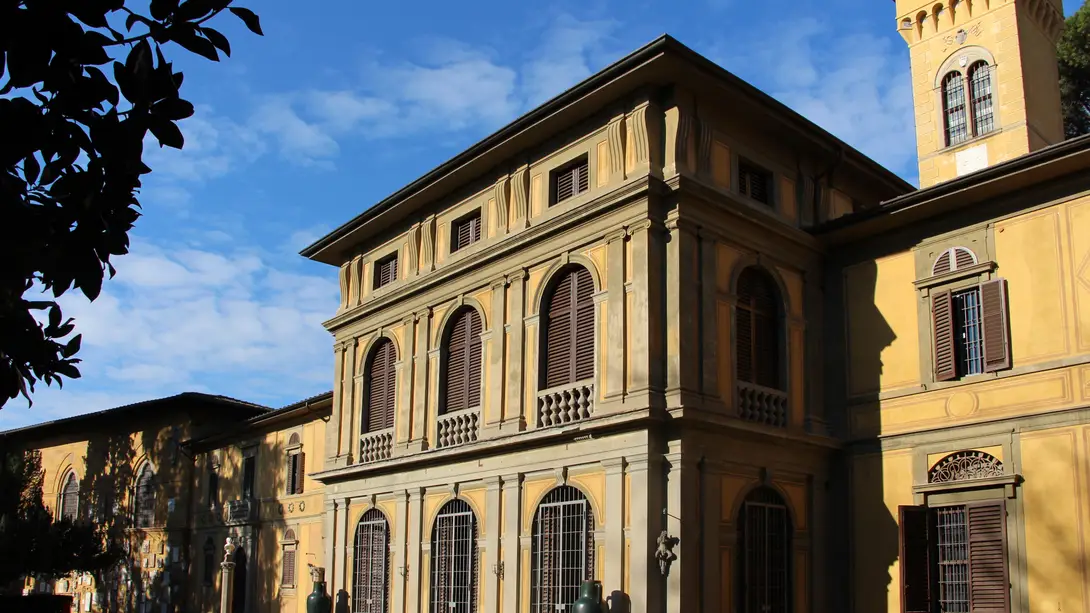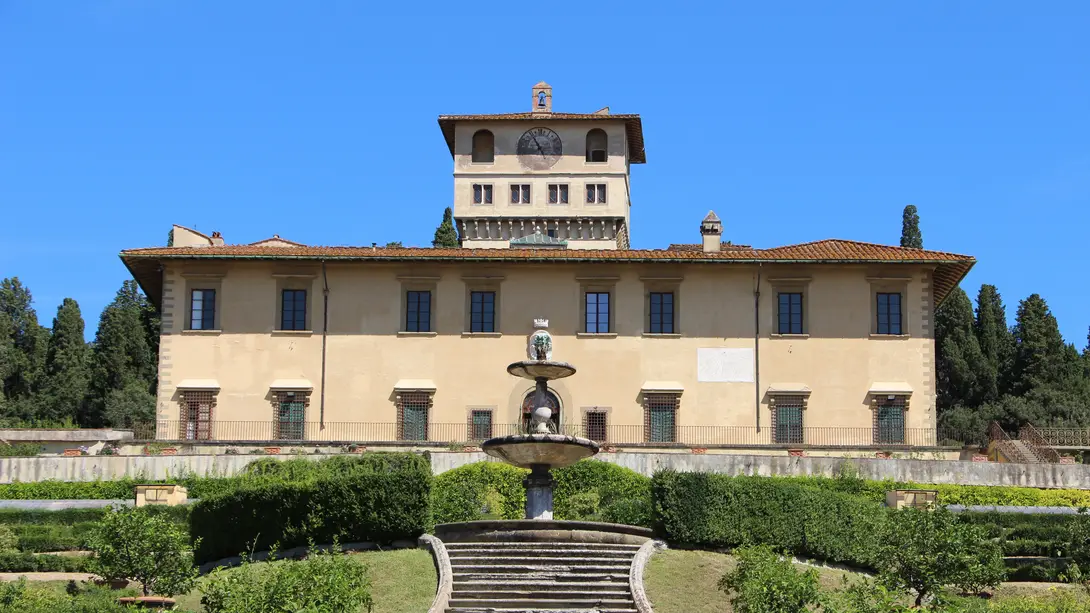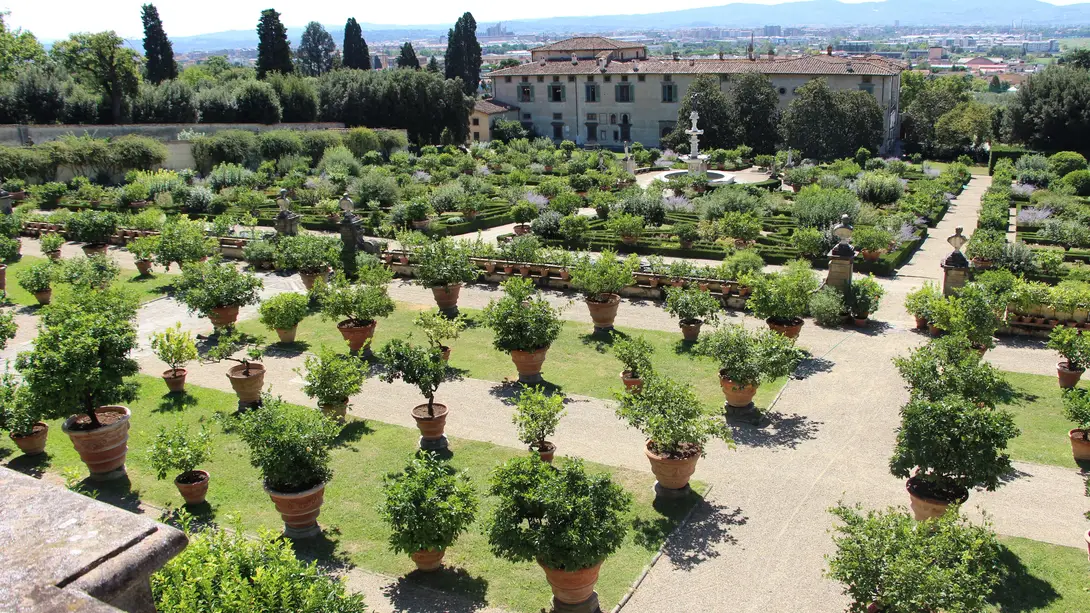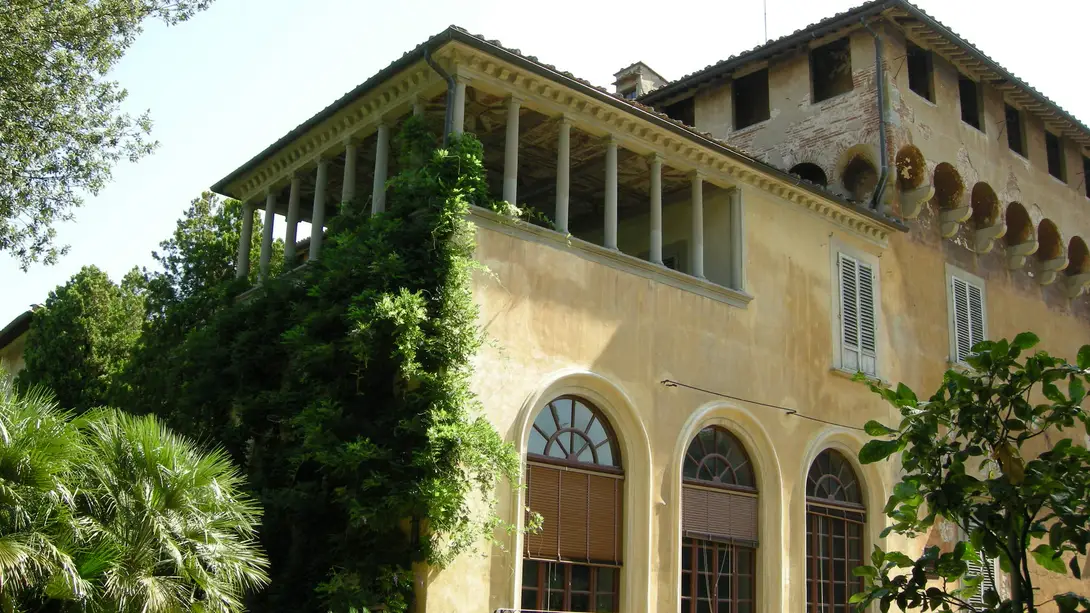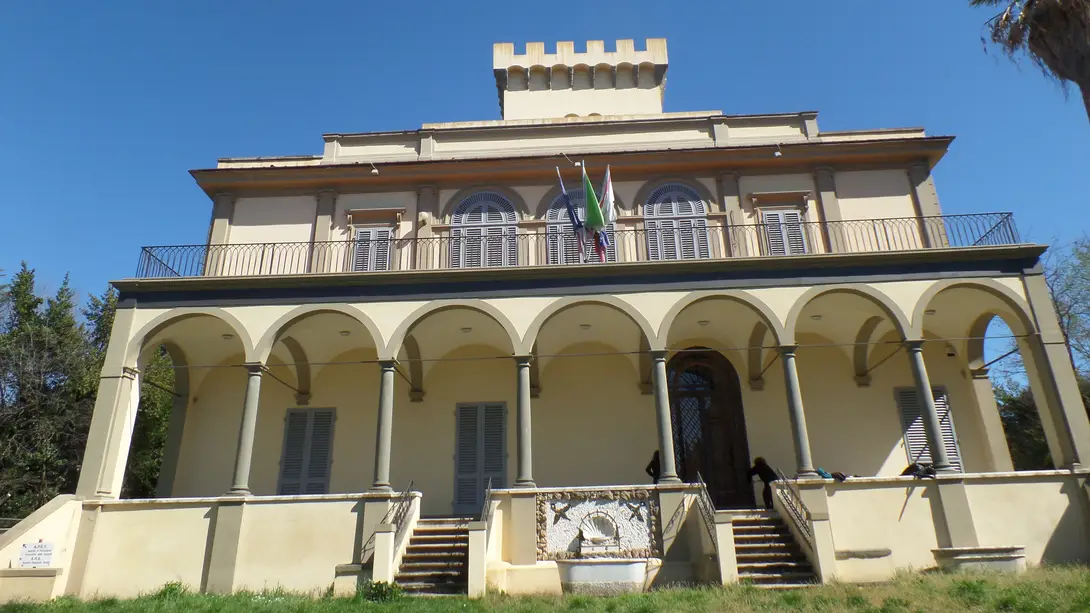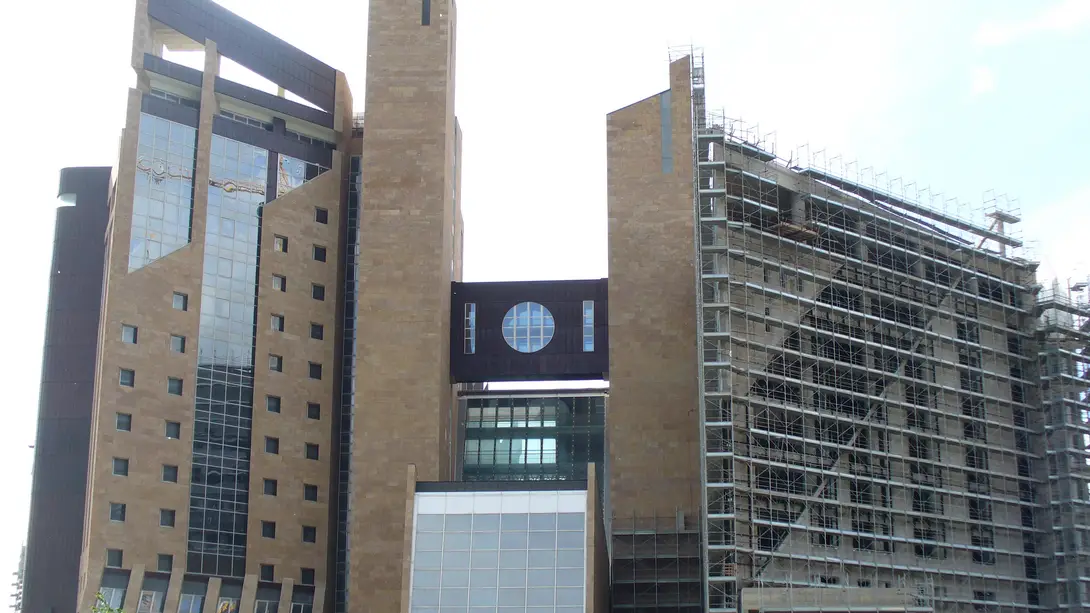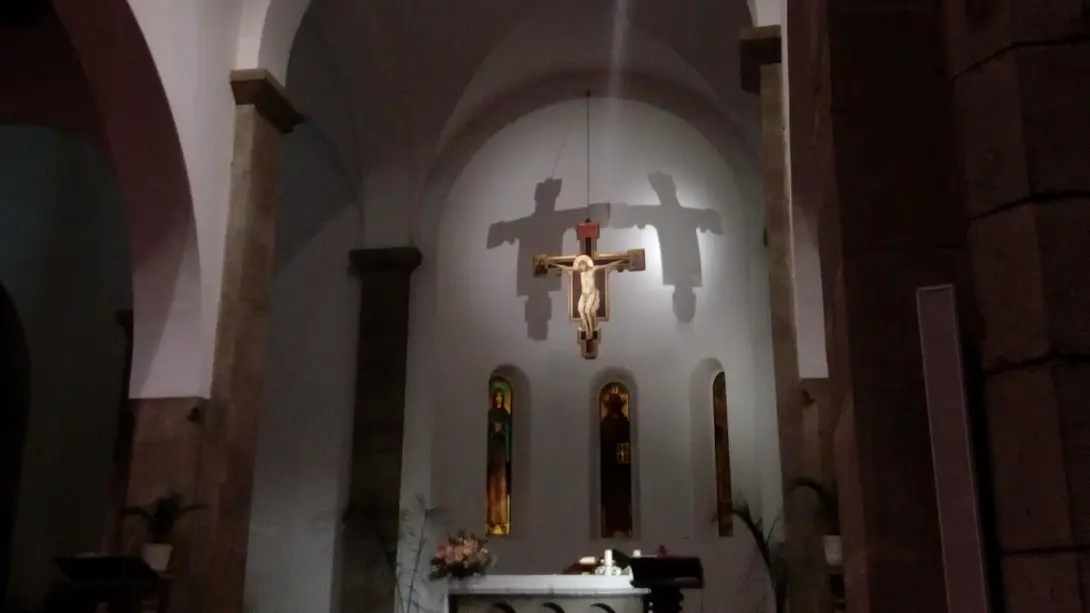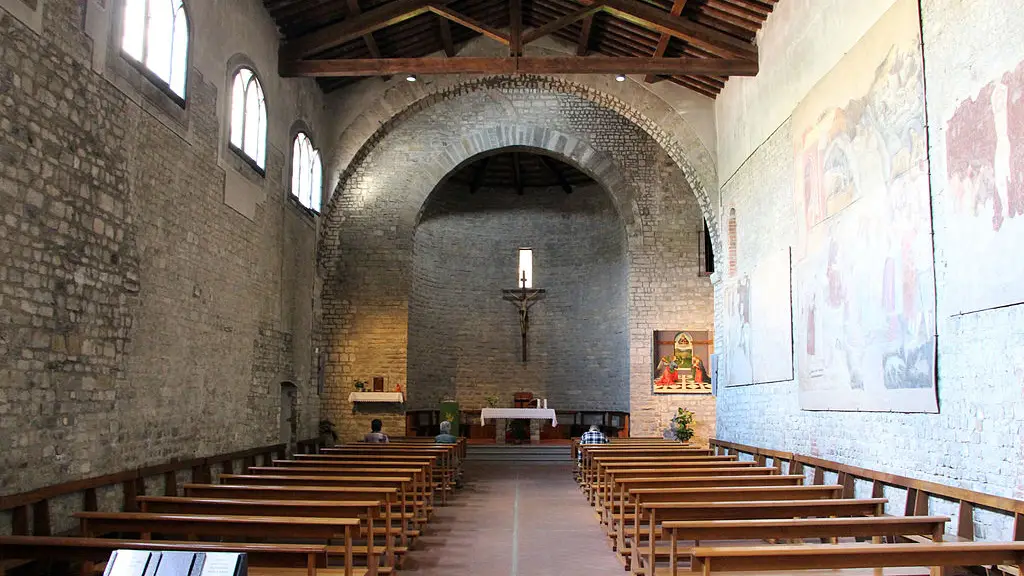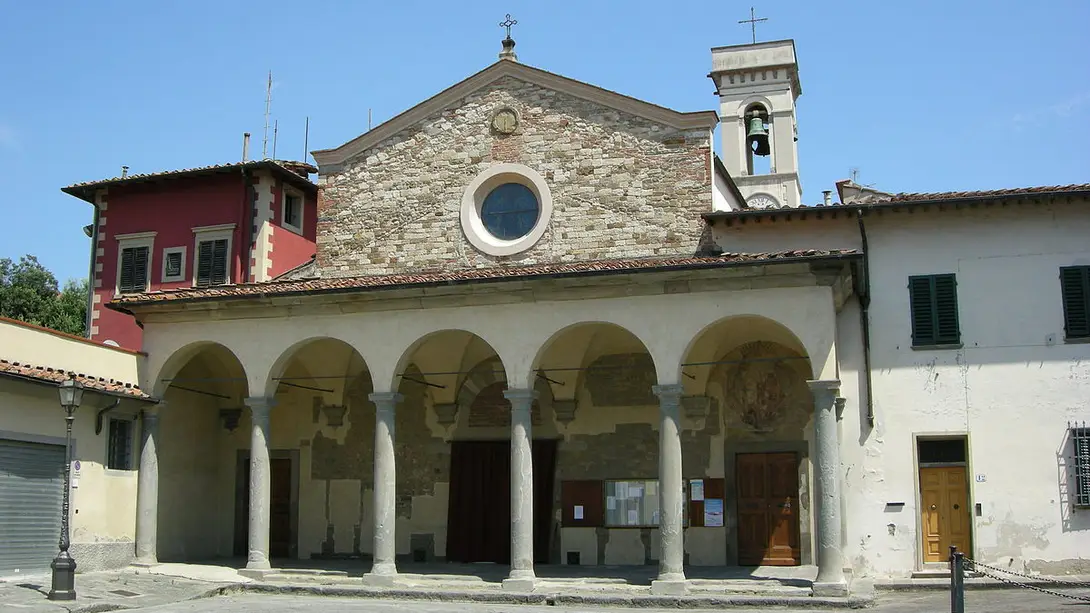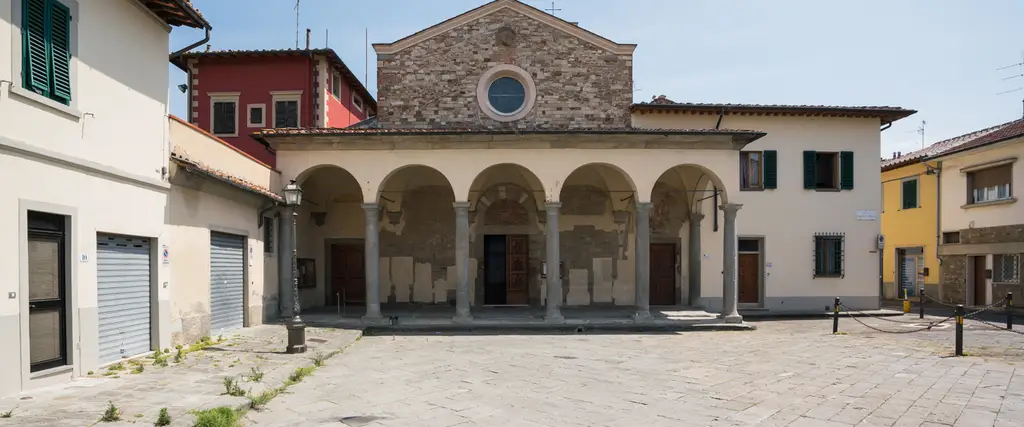
The District of Rifredi
The District of Rifredi
District number 5, Rifredi, is the largest in the city, covering a vast area from via Bolognese to the neighbourhood of Novoli and Peretola, up to the slopes of the hills above the Careggi hospital.
This district, initially named Romito Vittoria, was born in an area adjacent the ring road; then, due to the urban expansion of the city, industrial zones such as Galileo in Rifredi, and agricultural areas were integrated; the project included also entire settlements situated West part of the city.
Rifredi is a neighbourhood including both typical residential areas and more popular ones. Important social experiments were carried out, such as the Madonnina del Grappa, an institution by Don Giulio Facibeni aiming to support and educate war orphans.
Greenery and villas
A contrast between the patricians and plebeians also reflected in a varied urban landscape...Among the green areas stand out some important parks and public gardens: the Giardino dell’Orticoltura, characterized by Giacomo Roster's Tepidarium, Villa Fabbricotti, where Queen Victoria spent a few weeks, and, finally, the park of Stibbert, whose museum displays an amazing collection of ancient weapons and armours, once belonged to the eclectic English-Italian man.
In this area, visitors may also find some of the most famous Medici Villas: Petraia and Castello or La Quiete and Careggi (the latter currently closed for renovation) and it is absolutely worth visiting both of them, at least their elegant gardens.
A great appeal for district 5 are the hilly slopes, starting from Ponte Rosso going up to via Bolognese, reaching the beautiful hill of Careggi, characterized by expanses of olive trees, scattered villas and spectacular views of a typical Tuscan landscape.
Parish churches
District 5 is also characterized by many Romanesque parishes, once points of reference in the countryside: the parish of Santo Stefano in Pane, now included in the residential part of the district, and the one of San Donato in Polverosa, situated on a stretch of plain that extended outside the city walls, towards west.
Even the village of Peretola is now included in this district. Birthplace of the Vespucci family, Peretola encloses the Pieve di Santa Maria, a church of Romanesque origins with valuable masterpieces inside.
Connections
Since the two tramway lines, T1 and T2 have operated District 5 is closer to the centre and even the city Airport, Amerigo Vespucci, located in this part of the city, is well connected by tram. Along T2 route, it is also possible to notice the large San Donato Park, bordered by the imposing building of the New Courthouse designed by Leonardo Ricci and inaugurated in 2012, not far away from the new University Campus.
Watch the video below!
Comune di Firenze
The places
Stages
Giardino dell'Orticoltura
In 1854 the "Società Toscana d'Orticultura" (Tuscan Society of Horticulture) was constituted. In the second half of the 19th century the garden got larger and Giacomo Roster designed the big tepidarium, inaugurated in 1880. The little loggia "Bondi" by the architect Castellucci was realized in 1911.
The Municipality of Florence bought the garden in 1930 and designated the area as a public garden. In 1990 the "snake" was completed with decorations of different materials following the project of Marco Dezzi Bardeschi.
Inside the garden there is also a playground for children.
Stibbert Museum
The Stibbert Museum, conceived by Frederick Stibbert (1838-1906), is a rare example of a 19th-century museum: an extraordinary collection of arms, armour and works of art is displayed in a series of rooms whose evocative layout was designed to evoke the atmosphere of the period and the places of origin of the various objects.
The collections include weapons, armour, costumes, objects of furniture and applied art, tapestries and paintings from the 16th to the 19th century, displayed in 60 rooms. The Sala della Cavalcata (the riding hall) is remarkable, where life-size European and Oriental knights are arrayed; the Japanese section includes, in addition to arms and armour, bronzes, costumes, lacquerware: it is one of the most important in the world outside Japan.
The park surrounding the villa, dotted with pavilions, statues, fake ruins and even a small Egyptian temple, reflects Stibbert's adherence to the romantic and eclectic taste typical of his time.
Medici Villa of Petraia
Villa della Petraia is situated a few kilometres from the city centre; the ancient fortified building, of which the large tower still remains today, was enlarged towards the end of the 16th century and turned into a grand-ducal residence. A terraced garden was laid out on the surrounding land.
The courtyard is decorated with late 16th- and early 17th-century frescoes, and was covered over in the 19th century. King Vittorio Emanuele II lived here when Florence was the capital of Italy, and the current furnishings date largely to that period.
Garden of the Medici Villa of Castello
The Villa Medici at Castello is one of the oldest suburban residences of the Medici family, who came into possession of it in 1477. In 1538 Cosimo I commissioned the sculptor and architect Niccolò Tribolo to lay out a large new garden designed to celebrate the power of the prince through the symbology of its statues, fountains and grottos. Only the garden, which has a wealth of citrus trees and rare plants and is dotted with ancient and Renaissance sculptures, is currently open to the public. There is also a fascinating ‘Grotto of Animals’, once enlivened with dazzling water tricks.
Villa di Careggi
This is one of the first residences of the Medici family.
The villa was bought by the father of Cosimo the Elder who had it enlarged by Michelozzo in 1454. It was the seat of the Platonic Academy, and the restoration, wanted by Cosimo I, added the frescos cycles by Pontormo and Bronzino.
By the mid 19th century the park was transformed according to the romantic taste of the owner Francis Joseph Sloane. Today it belongs to the Regione Toscana, and it is undergoing restoration works.
An understanding of the original design is not permitted by the trees that have been planted after. Of particular interest are the lemon-house and the grotto under the villa.
Parco di Villa Fabbricotti
In 1864, Giuseppe Fabbricotti bought “Lo Strozzino” property and, in the same year, he commissioned architect Vincenzo Micheli to turn the old hunting lodge into a luxurious residence. None of the documents known indicates the name of the author of the garden, which may be attributed to Giuseppe Poggi.
Courthouse - Palazzo di Giustizia
Derived from an originary project (80s of the twentieth century) of the architect Leonardo Ricci, a pupil of Giovanni Michelucci, the new courthouse was born with the aim of centralizing all the judicial offices (Court, Court of Appeal, Public Prosecutor's Office, Justice of Peace), first scattered in various areas of the city. Officially inaugurated in 2012, it is named after the Florentine jurist and politician Piero Calamandrei, one of the Fathers of the Italian Republic. Unmistakable for its imposing size (240 meters long and 146 wide, with 72 meters tower) it is one of the largest courthouses in Italy. The work - which has had opposing judgments between detractors and admirers - looks like a gigantic organism very moved in the articulation of the spaces, which have been gradually aggregated, and of the various materials used.
Pieve di Santo Stefano in Pane
The parish church of Santo Stefano in Pane has millenary origins and is also known as Santo Stefano a Rifredi.
Chiesa di San Donato in Polverosa
This church of ancient origins (1088) derives its unusual name from the Augustinian friars, called "dusty" (for the gray color of their habit), who settled there before the arrival of the Community of the Humiliated. The whole complex passed subsequently to the Cistercians from whom it depended until the early nineteenth century when, following the Napoleonic suppressions of the Religious Orders, it was purchased by the Demidoff, Russian princes who transformed it into part of their Villa. After a series of interventions, the Church was reopened to the public in 1963. The interior, with a single nave and a trussed ceiling, houses numerous works of art, including some valuable fourteenth-century frescoes (Cenni di Francesco, Matteo di Pacino) and an altar panel by Raffaellino del Garbo (16th century).
Chiesa di Santa Maria a Peretola
The Pieve di Santa Maria di Peretola, on the central square of the suburban area of Peretola, is an ancient church that dates back to the XII century. A beautiful porch with 3 arches precedes the interior with its characteristic trussed ceiling. Among the various works preserved here, admire the precious Tabernacle of the Sacrament, a youthful masterpiece (glazed terracotta) by Luca della Robbia. Everywhere you can see the emblem of the Hospital of Santa Maria Nuova (a crutch), by which this church was administered since the fifteenth century.
